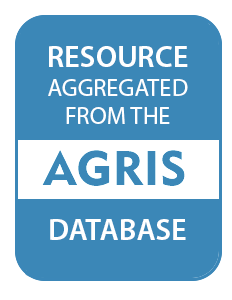Qualitative, Quantitative and Economic Evaluation of Land Suitability for Barley, Wheat and Chickpea in Rainfed Area of Talandasht District (Kermanshah Province)
In Iran, the development of cultivated areas becomes gradually impossible due to ever-increasing population growth and urban area development. Therefore, it is very important to use the existing cultivated lands more efficiently. Land suitability evaluation makes the sustainable use of the lands feasible. The objective of this study was qualitative, quantitative and economic assessment of land suitability in Talandahst area for rainfed wheat, barley and chickpea. Talandasht plain with a surface area of 4500 ha is located southwest of Kermanshah city.

